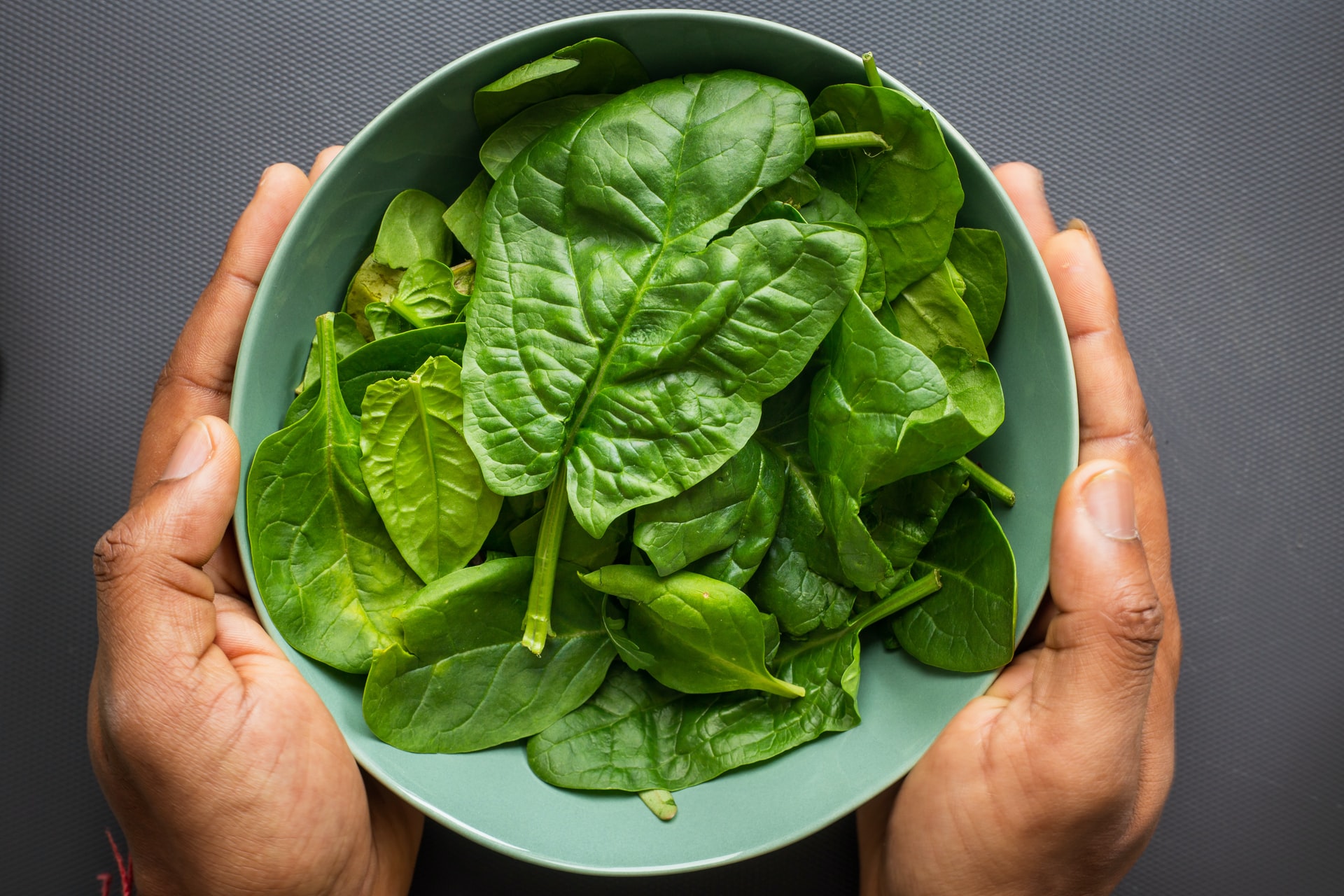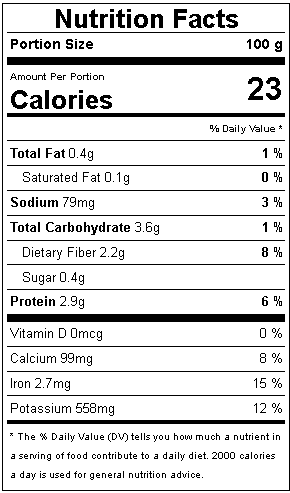Spinach is a high-fiber meal that may give your favorite recipes more volume, color, and texture. This leafy green vegetable, whether cooked or raw, packs a nutritional punch without adding fat or natural sugars to your diet, ideal if you’re watching any of these. 100g of spinach contains 23 calories, 2.9g protein, 3.6g carbs, and no fat. Vitamin C, vitamin K, and potassium are all abundant in spinach. The USDA has provided the following nutritional information.
Eating spinach can aid eye health, oxidative stress, cancer prevention, and blood pressure control. Spinach can be prepared in a variety of ways. It’s available in canned or fresh form, and it can be eaten cooked or uncooked. It’s beautiful on its own or in a variety of other meals.
Spinach Nutrition Facts
What is Exactly Spinach?
Spinach (Spinacia oleracea) is a blooming plant with a leafy green color native to Central and Western Asia. It belongs to the Caryophyllales order, the Amaranthaceae family, and the Chenopodioideae subfamily. Its leaves are a typical culinary vegetable that can be eaten fresh or after being preserved via canning, freezing, or drying procedures. It can be eaten cooked or raw, and the taste is somewhat different; steaming can help lessen the high oxalate level.
Flat-leaf and savoy spinach are the two most common varieties. It usually’s savoy spinach when you buy fresh, bunched spinach at the grocery store, and Savoy spinach leaves are wrinkled and curled. Flat spinach, sometimes known as baby spinach, is a popular vegetable in the United States and is frequently marketed in bags, cans, or frozen form.
BenQ Baby Spinach
What are the Health Benefits of Spinach?
Like most dark, leafy greens, Spinach has compounds that provide various health benefits. As a result, if you’re limiting your carbohydrate intake or attempting to improve your health, this non-starchy vegetable is an intelligent choice.
Promotes Weight Management
The consumption of spinach and other vegetables is linked to a lower risk of weight gain. According to some research, eating four servings of veggies per day instead of two may minimize the risk of weight gain by as much as 82 percent.
Reduces Cancer Risk
Spinach includes chlorophyll, which gives it its green color. Chlorophyll has potent antioxidant properties, implying that it may be helpful in the fight against cancer.
Protects Eye Health
The combination of vitamins A and C in spinach aids in the prevention of age-related macular degeneration (AMD). This problem is frequent in elderly adults, particularly those who are White, smoke, or have a history of AMD, and it can do reading, seeing faces, and driving more difficult.
Vitamin A is a fat-soluble vitamin that the skin may absorb. The absorption of vitamin A in spinach can be improved by sautéing it with healthy fat (like olive oil) or eating it with other fat-containing foods (like eggs in an omelet).
Prevents Hair Loss
Spinach is an excellent source of iron that is not obtained from animals. For women, iron insufficiency is a common cause of hair loss. An adequate diet of iron-rich foods, such as spinach, may prevent deficiency. Spinach, in particular, may be an essential source of this mineral for vegetarians.
Enhances Blood Functions
Iron is also necessary for anemia prevention. Spinach helps the blood carry oxygen by ensuring that hemoglobin is appropriately formed. Furthermore, spinach’s vitamin C boosts the body’s ability to absorb iron. Spinach is unusually high in vitamin K, which is maybe even more important than its contribution to iron levels. Vitamin K helps stop excessive bleeding after an injury by clotting the blood.
When is Spinach Best?
Spinach can be planted in the spring or fall, and once the leaves are large enough, they are harvested. (The outer leaves are customarily harvested when they are about 3 inches long, while the inner leaves are allowed to grow.) The spinach leaves begin to come apart once they begin to blossom, and therefore it’s crucial to pluck them before this happens.
When cooked, raw spinach shrinks dramatically. A 10-ounce bag of raw spinach leaves, for example, will usually provide roughly 1.5 cups of cooked spinach.
How to Store Spinach?
Like most leafy greens, Spinach leaves should be crisp, delicate, and green. Wilted or blemished leaves should be avoided. Throw aside any leaves that are yellowing or browning.
If you buy spinach in a bag or box, make sure it’s as fresh as possible. The more nutritious a thing is, the fresher it is. When your spinach starts to wilt or smells nasty, you know it’s gone wrong.
Washing fresh spinach before eating or cooking is always a good idea. Fresh spinach should be consumed within three days of purchase, and fresh greens can also be frozen.
Blanch your spinach for one minute in boiling water before cooling it in an ice bath. Next, squeeze out as much water as you can. Place the spinach in a Ziploc bag and roll it into single-serving balls. Blanched spinach can be stored in the freezer for up to 12 months.
How to Prepare Spinach?
Rinse spinach leaves in cool water to remove any remaining grit. Spinach thrives when cooked in a moist environment, such as steaming or sautéing. Some water-soluble vitamins, including vitamin C and B, are lost when you prepare the spinach. Also, be careful when using oil for cooking it because it can act like a sponge and absorb fat.
Spinach can be eaten raw as a salad green or smoothie ingredient. Use it as a substitute for bread in wraps or topping for egg scrambles. To make a fiber-rich and satisfying dish, chop it up and add it to the soup as casseroles.
What are the Side Effects of Spinach?
Conclusion
Iron, vitamin C and E, potassium, and magnesium are all abundant in spinach. It can improve immunological function, aid the digestive system, and even have anticancer qualities when consumed as part of a healthy diet. Certain people, however, may need to consume this vegetable in moderation. The most incredible time to buy spinach is in the winter, and buy fresh leaves with a dark green hue, energy, and crispness.
Those with flat/sunken leaves, yellow discoloration, or spots should be avoided. If you want the real thing, remove the stems, discard any discolored portions, and carefully wash the spinach before eating. Despite its high nutritional value, spinach has been connected to Salmonella and E. coli epidemics in recent years. When you eat raw spinach, you risk absorbing pesticides and potentially dangerous microorganisms.





